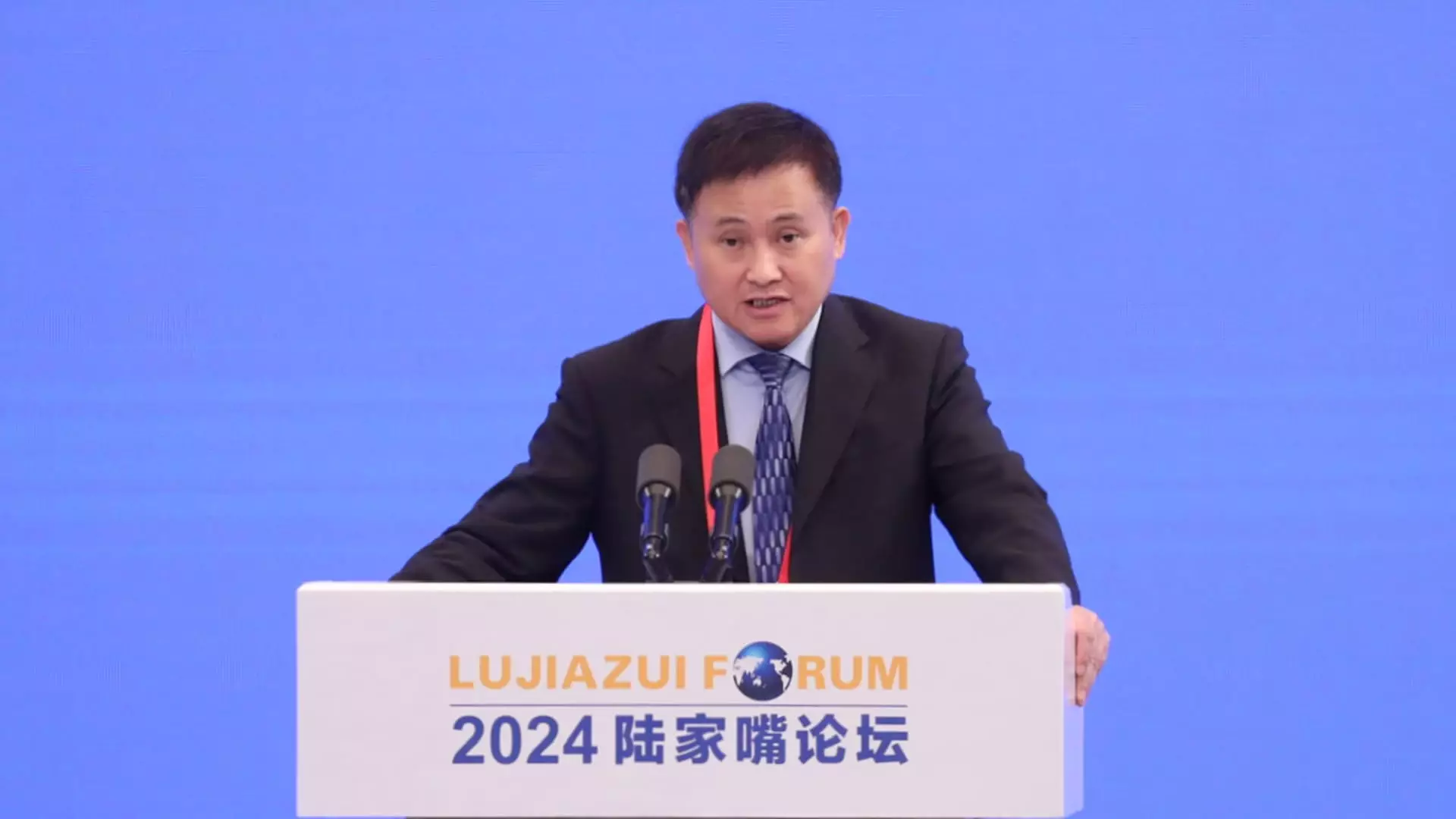In a notable move reflecting the ongoing efforts to stimulate the Chinese economy, the People’s Bank of China (PBOC) has announced a reduction in the reserve requirement ratio (RRR) for banks. PBOC Governor Pan Gongsheng revealed this strategy during a recent press conference, emphasizing the government’s aim to support economic growth amid rising deflationary pressures. With significant implications for the banking sector and broader economy, this decision is a clear signal of the central bank’s intention to maintain liquidity in the financial system.
Understanding the Reserve Requirement Ratio (RRR)
The reserve requirement ratio is a critical tool used by central banks to regulate the amount of cash that commercial banks must hold in reserve. By lowering the RRR, the PBOC aims to free up additional funds for banks, enabling them to lend more to businesses and consumers. This increase in available credit is designed to invigorate spending and stimulate growth, particularly in sectors that have been struggling, including real estate and consumer goods. The decision to cut the RRR by 50 basis points indicates a proactive approach toward addressing economic stagnation and sluggish demand.
The Broader Monetary Policy Landscape
Alongside the RRR reduction, Pan announced the potential for further cuts in both the loan prime rate (LPR) and the seven-day repo rate, extending the central bank’s commitment to a flexible monetary policy. The loan prime rate, which influences borrowing costs for households and businesses, remains unchanged for the time being. However, discussions suggest that adjustments could be forthcoming, an indication of the PBOC’s responsiveness to evolving economic conditions.
This multifaceted approach differs from strategies employed by other countries, such as the Federal Reserve in the United States, which typically relies on a singular primary interest rate. The PBOC’s utilization of various monetary tools, including the liquidity-driven repo rates, reflects its efforts to specifically tailor its policies to China’s unique economic landscape.
The announcement led to immediate reactions in financial markets, evidenced by the drop in the yield on China’s 10-year government bonds, which reached a historic low of 2%. Such movements indicate investor sentiment and confidence in the PBOC’s strategies to spur economic activity. The central bank’s cautious optimism, coupled with market responses, suggests a complex interplay between government actions and market expectations concerning future growth.
The backdrop of this monetary easing is a slowing Chinese economy, burdened by declining consumer confidence and a real estate market in distress. These challenges underscore the necessity for substantial policy interventions that not only stimulate demand but also revitalize investor sentiment and consumer spending.
Recent high-level meetings have recognized the urgency of meeting full-year growth targets, with explicit calls for boosting domestic demand. The PBOC’s initiatives are part of a larger economic framework intended to steer China towards sustainable growth, even as external factors—like global economic fluctuations—pose additional challenges.
Moreover, the government has been urged to adopt more aggressive fiscal policies to complement the monetary easing provided by the PBOC. This multi-pronged strategy, integrating both fiscal stimulus and monetary policy adjustments, aims to create a robust environment conducive to economic recovery.
The PBOC’s recent announcements regarding the reduction of the reserve requirement ratio and potential adjustments to key interest rates illustrate a significant shift in monetary policy aimed at rejuvenating China’s economy. As the central bank navigates a landscape marked by inflationary pressures and slowing growth, its ability to effectively implement these strategies will be critical. The interplay between fiscal and monetary measures will ultimately determine the trajectory of economic recovery, highlighting the delicate balance that policymakers must maintain in an increasingly complex global economic environment. The coming months will be pivotal as the outcomes of these measures are assessed, and their effectiveness in stabilizing and stimulating the Chinese economy will unfold.

